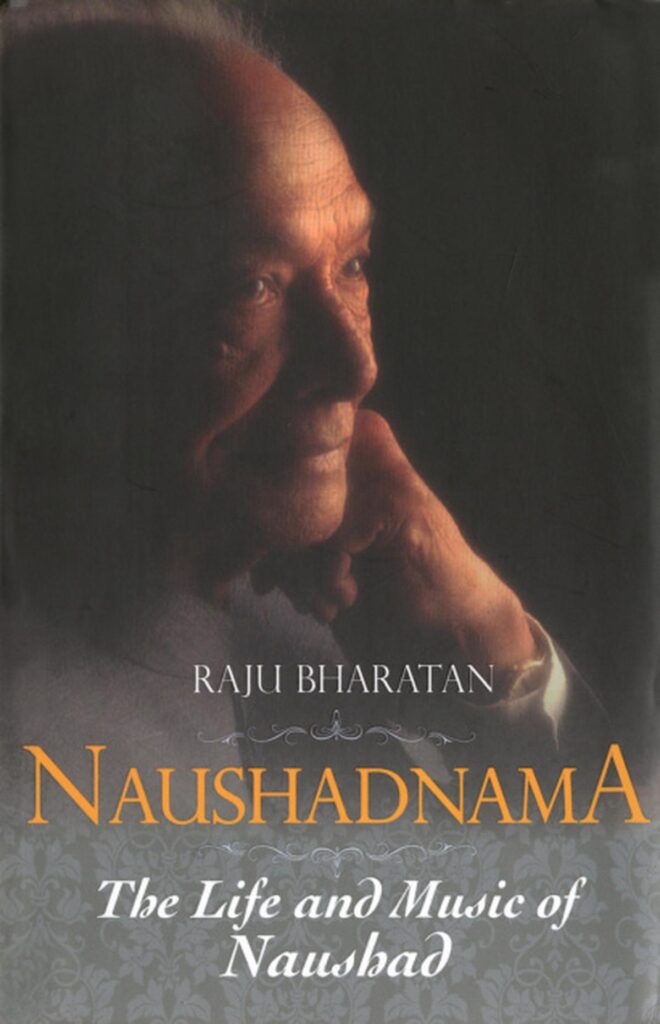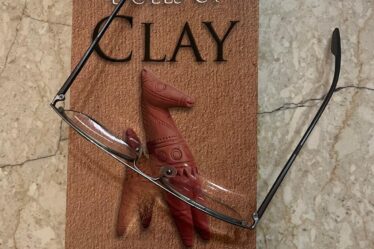Last week, I re-discovered the golden era of Hindi film music. I picked up a book that took me to an era when the rhythm was the king. I read the entire book—cover to cover— and learnt a great deal about Naushad, the last Mughal Musician and his contemporaries: C Ramchandra, Anil Biswas, Shankar-Jaikishan, Kalyanji-Anandji, Laxmikant-Pyarelal, SD Burman, Salil Chaudhary, OP Nayyar, Roshan, Ravi, Khayyam, and Madan Mohan.
As I worked my way through the anecdotes and stories, and celebrity gossips—interspersed with my own “discoveries”— I found myself in the world of Fankars—singularly devoted to their art, creative geniuses who took pride in being meticulous in their compositions, and being perfectionist to the core.

The book tells us that like a typical Mughal court, the world of Indian filmy music too was full of ambitions, intense rivalries, jealousies, ego clashes, achievements, disappointments, frustrations, deceptions, betrayals and ruthless executions. In the midst of melodies, there were a series of maladies!
Raju Bharatan’s ‘Naushadnama’ offers inside stories behind- and beyond- the flute, the sitar and the harmonium. His heavy English and convoluted sentences did test my patience, though! And yet, the book took me to my school days, when Raj Kapoor, Dilip Kumar and Dev Anand reigned supreme, and we watched the Bollywood movies in the “third class” of the local Durga, Vasant and Rajkala theatres in Wardha- digging deep in our pockets to pay four annas (25 paise) that a movie would cost in those days!
